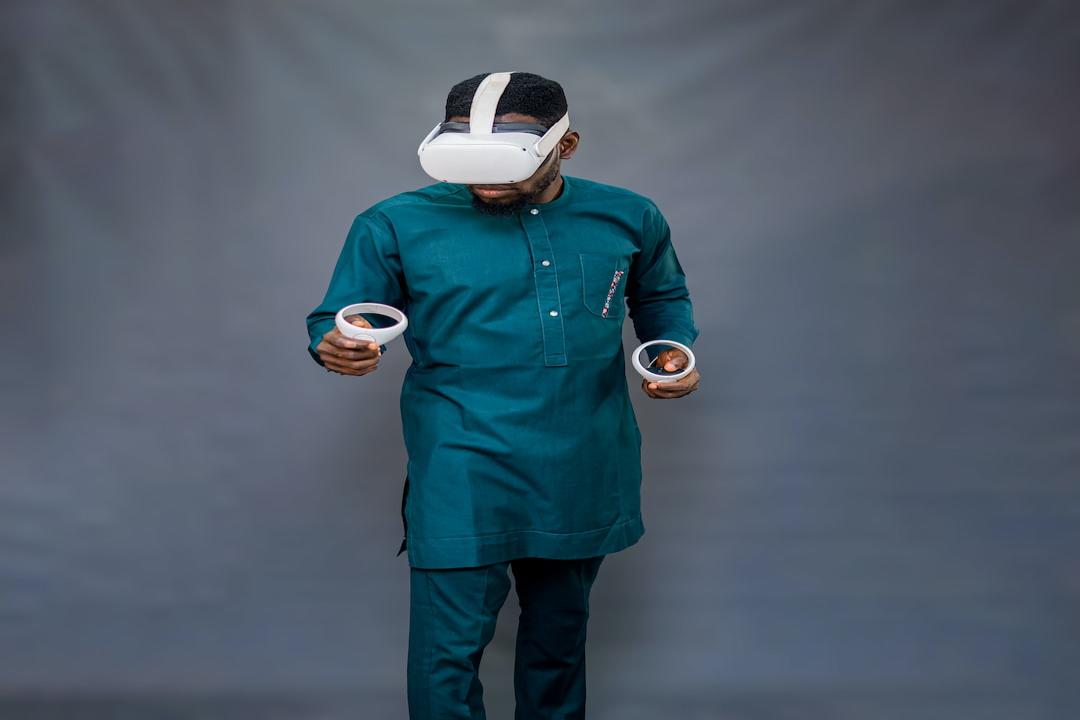The metaverse, with the goal of becoming a fully immersive virtual world, is not just limited to visual and auditory experiences. In order to truly bridge the gap between the physical and digital realms, the sense of touch needs to be incorporated. This is where haptic technology comes into play, playing a vital role in bringing the metaverse to life.
Haptic technology, also known as kinesthetic communication, focuses on recreating the sense of touch through electronic means. It utilizes motors, vibrations, and sometimes even air pressure to simulate various sensations on the user’s body.
In the context of the metaverse, haptic technology offers numerous possibilities to enhance the user experience. For example, users can feel the weight, texture, and temperature of virtual objects, making virtual interactions more realistic and engaging. Haptic feedback can also revolutionize gaming experiences by allowing players to feel the impact of attacks, the weight of objects, and the textures of virtual environments. Additionally, haptic technology can add a layer of realism to social interactions within the metaverse, fostering a deeper sense of connection between users. Furthermore, it can be used for educational purposes and training in various professions, providing a more realistic and immersive environment.
Adding the sense of touch to the metaverse unlocks a new level of immersion. It allows users to feel the texture of virtual objects, the weight of weapons, or the warmth of virtual handshakes. This haptic feedback can enhance experiences in numerous ways, such as making virtual interactions feel more lifelike, enhancing learning through haptic simulations, fostering social connection, and revolutionizing gaming.
While the metaverse is still in its early stages, advancements in haptic technology are paving the way for its integration. Currently, haptic gloves, haptic suits, and VR controllers with haptic feedback are among the available options. However, there are significant challenges that need to be addressed for widespread adoption and a truly immersive tactile experience. These challenges include accuracy and fidelity in replicating touch sensations, limited range of sensations, temperature and thermal response, varying perceptions and preferences, cost and accessibility, limited haptic integration, and accessibility for people with disabilities.
Despite these challenges, advancements in material science, actuator technology, wireless haptic interfaces, and brain-computer interfaces (BCIs) offer promising solutions for the future of haptic technology in the metaverse. These advancements can lead to the creation of more realistic textures, wireless haptic interfaces for improved user comfort, and integration with BCIs for a more direct link between the brain and the virtual environment.
The future of haptic technology in the metaverse holds immense potential. It can enhance realism by replicating a wider range of textures and integrating temperature variations. The incorporation of biofeedback mechanisms and the development of specialized haptic accessories and environments can further expand the haptic horizon. Moreover, the integration of smell and taste with haptic technology is a possibility. Ultimately, haptic technology has the power to transform the metaverse into a fully immersive and tactile experience, fostering a deeper sense of connection and presence within the virtual world.
In conclusion, haptic technology is poised to revolutionize interactions within the metaverse, transforming it from a visual and auditory experience to a fully immersive and tactile one. The potential applications of haptic technology are vast, and advancements in various fields offer promising solutions for the future. The power of touch in the virtual world is immense, and haptic technology has the potential to unlock a new level of immersion and connection within the metaverse.



